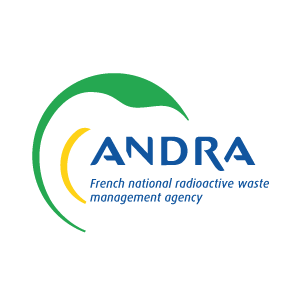KiNa: Kiruna Natural Analogue
The Kiruna Natural Analogue (KiNa) project aims to investigate the formations of smectite-rich clay occurring adjacent to magnetite deposits in the Kiruna mine in Sweden as a natural analogue to explore the long-term evolution of bentonite components of a geological disposal system for radioactive waste. The KiNa Project is a three-year IGD-TP project being undertaken by an international collaboration of waste management organisations including SKB, Nagra, Posiva, NWS, NUMO and NWMO.
Overview
Project Dates: 01/06/2019 – 01/12/2022
Project Status: Ongoing
Website: N/A
Many radioactive waste geological disposal concepts use bentonite clay as an engineered barrier that will be in sustained long-term contact with structural components and waste packages composed primarily of iron. Natural analogues are a vital tool to help demonstrate the long-term performance of repository components over the incredibly long timescales over which a disposal facility is required to contain waste.
The Kiruna iron mine in Sweden exhibits examples of smectite clay bodies that have been adjacent to the local magnetite ore body for approximately 900 million years under repository-like conditions. Key characteristics (including swelling pressure and hydraulic conductivity) of the smectite present at the Kiruna mine have been shown to be equivalent to those of commercial bentonites intended for repository use. The Kiruna Natural Analogue (KiNa) Project aims to assess the long-term behaviour of bentonite under repository conditions and the interaction between iron oxide minerals and bentonite by investigating the smectite bodies at Kiruna as a natural analogue.
Objective
The KiNa project has the overall goal of increasing the robustness of the safety case regarding the performance of bentonite for a deep geological repository. This goal is supported by the technical programme which consists of the following objectives:
- To demonstrate the durability of safety relevant properties of bentonite under repository-like conditions for timescales that exceed the repository time frame by orders of magnitude.
- Undertake a chemical investigation of the Magnetite/Hematite-Bentonite interface.
- Gain information on the erosion properties of bentonite.
- Determine physical state of the smectite in the mine and the associated implications for retrievability in the long-term.
The project is composed of the following tasks:
- Sampling and in-situ characterisation of the alteration zones
- Physico-chemical and mineralogical analyses of the smectite
- Age determination of the smectite phase
- Swelling pressure and hydraulic conductivity tests of smectite
- Geochemical modelling of the alteration zone
These tasks will enable the collection of geological information on the smectite bodies, establish their relationship to the local geology and determine their evolution over the course of their existence.








